February Gemstone Spotlight: Amethyst
February brings with it the enchanting Amethyst, a gemstone that captivates with its regal purple hues and rich historical significance. As the birthstone for both Pisces and Aquarius, Amethyst holds a unique place in the world of gemstones, symbolizing spirituality, wisdom, sobriety, and security. In this in-depth exploration, we delve into the origins, characteristics, metaphysical properties, and cultural significance of Amethyst.

I. Origin and Characteristics:
Amethyst, a variant of quartz, is distinguished by its stunning purple color. Belonging to the hexagonal crystal system, it exhibits a vitreous or glassy luster, adding to its overall allure. The name "Amethyst" finds its roots in the ancient Greek word "Amethystos," which translates to "not intoxicated." This nomenclature suggests a belief that the gemstone could protect against the effects of alcohol, possibly due to the wine-like color of certain stones.
Dating back to 2000 BC, Amethyst jewelry has been discovered, showcasing its early recognition and appreciation. Initially favored by royalty and associated with the deity of Christ, Amethyst was a symbol of prestige. Over time, its availability increased, making it more accessible to a broader audience.
Amethyst's color spectrum is wide, ranging from pale lilac to deep purple. The most sought-after grade, known as "Deep Siberian," boasts a primary purple tint of 75-80% and secondary tints of 15-20% blue and red. Different localities, such as Siberia, Sri Lanka, Brazil, Uruguay, and the Far East, yield unique variations of Amethyst, each with its distinctive characteristics.
II. Metaphysical Properties:
Amethyst is renowned for its metaphysical properties, particularly its connection to the crown chakra. This gemstone is believed to act as a bridge between the physical and spiritual realms, enhancing spiritual awareness and enlightenment. Its soothing energy promotes clarity of thought, deep contemplation, and a sense of control over one's life.
III. Healing Properties:
Amethyst is a gemstone that serves healing on multiple levels:
Physical Healing: Amethyst is associated with healthy cell regeneration, promoting restful sleep, and balancing hormones. Individuals dealing with issues like migraines or a foggy head may find relief through the use of Amethyst.
Emotional Healing: Known for its calming influence, Amethyst brings serenity to a chaotic world. Keeping this gemstone nearby can offer comfort, grounding, and uplifting emotional support.
Metaphysical Healing: As a powerful tool for meditation, Amethyst aids in accessing higher states of consciousness. It encourages spiritual growth and helps individuals connect with their inner selves.
IV. Cultural Significance:
Amethyst has left an indelible mark on various cultures throughout history. In ancient Greece, the belief in its ability to prevent intoxication made it a popular choice for goblets and other vessels. The association with clarity and control over one's actions resonated deeply with the Greek mindset.
In Christianity, Amethyst was linked to the deity of Christ, further elevating its status. The gemstone's presence in religious artifacts and royal regalia underscored its symbolic importance.
V. Amethyst in Jewelry:
Amethyst's versatility makes it a sought-after gemstone for jewelry. From earrings and necklaces to rings and bracelets, Amethyst's beauty complements various designs. Its affordability, despite its remarkable color, makes it a popular choice for those seeking a touch of luxury without breaking the bank.

VI. FAQ - Frequently Asked Questions:
1. What does the name "Amethyst" mean?
The name "Amethyst" is derived from the Greek word "Amethystos," meaning "not intoxicated." This reflects the belief that the gemstone could protect against the effects of alcohol.
2. Why is Amethyst associated with spirituality and wisdom?
Amethyst is linked to the crown chakra, serving as a bridge between the physical and spiritual realms. Its energy promotes spiritual awareness, wisdom, and enlightenment.
3. Where can high-quality Amethyst be found?
High-quality Amethyst is found in various locations, including Siberia, Sri Lanka, Brazil, Uruguay, and the Far East. The "Deep Siberian" grade is particularly esteemed for its specific coloration.
4. What are the healing properties of Amethyst?
Amethyst serves healing on physical, emotional, and metaphysical levels. It promotes healthy cell regeneration, restful sleep, emotional serenity, and metaphysical awareness.
5. How does Amethyst vary in different localities?
Different localities yield unique Amethyst specimens based on color, crystal shape, inclusions, associations, and character of formation. Experts can often identify the source mine of a particular Amethyst based on these characteristics.
In conclusion, Amethyst is a gemstone of profound beauty, cultural significance, and metaphysical importance. Whether worn as jewelry or used for its healing properties, Amethyst continues to capture the admiration of those seeking a gemstone beyond mere aesthetics, offering a connection to spirituality and well-being. Celebrate February with the exquisite allure of Amethyst, embracing its rich history and timeless elegance.

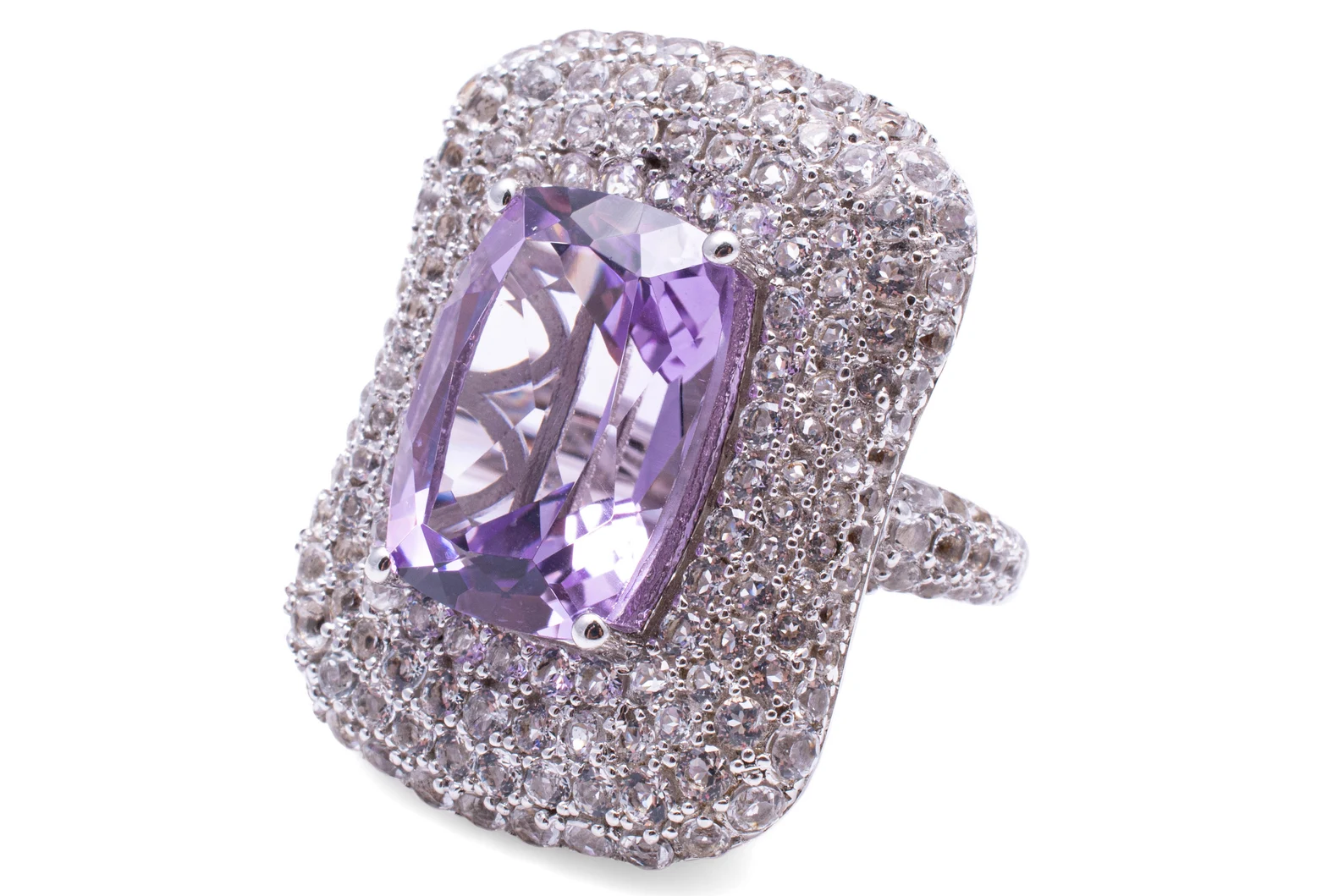
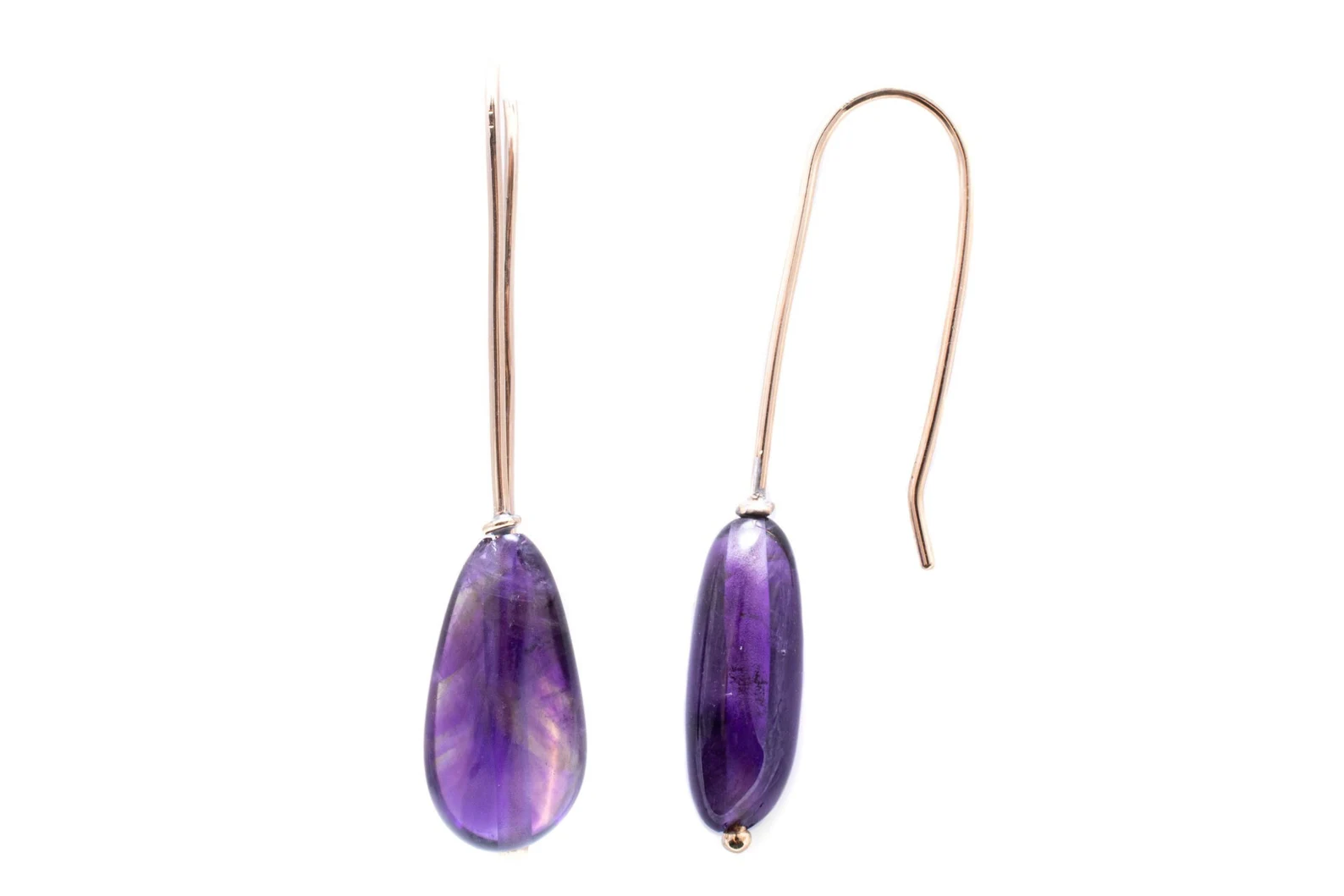
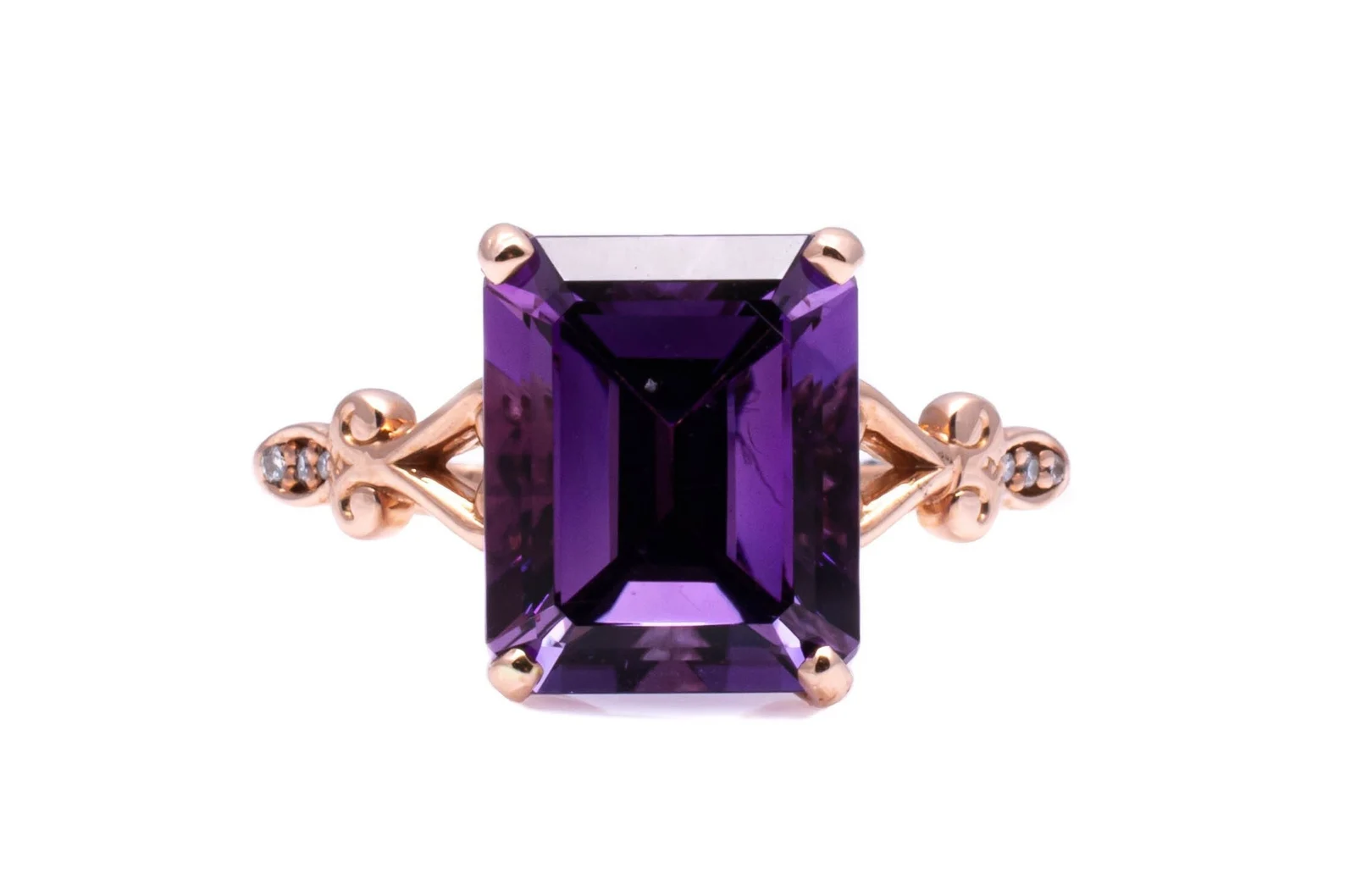
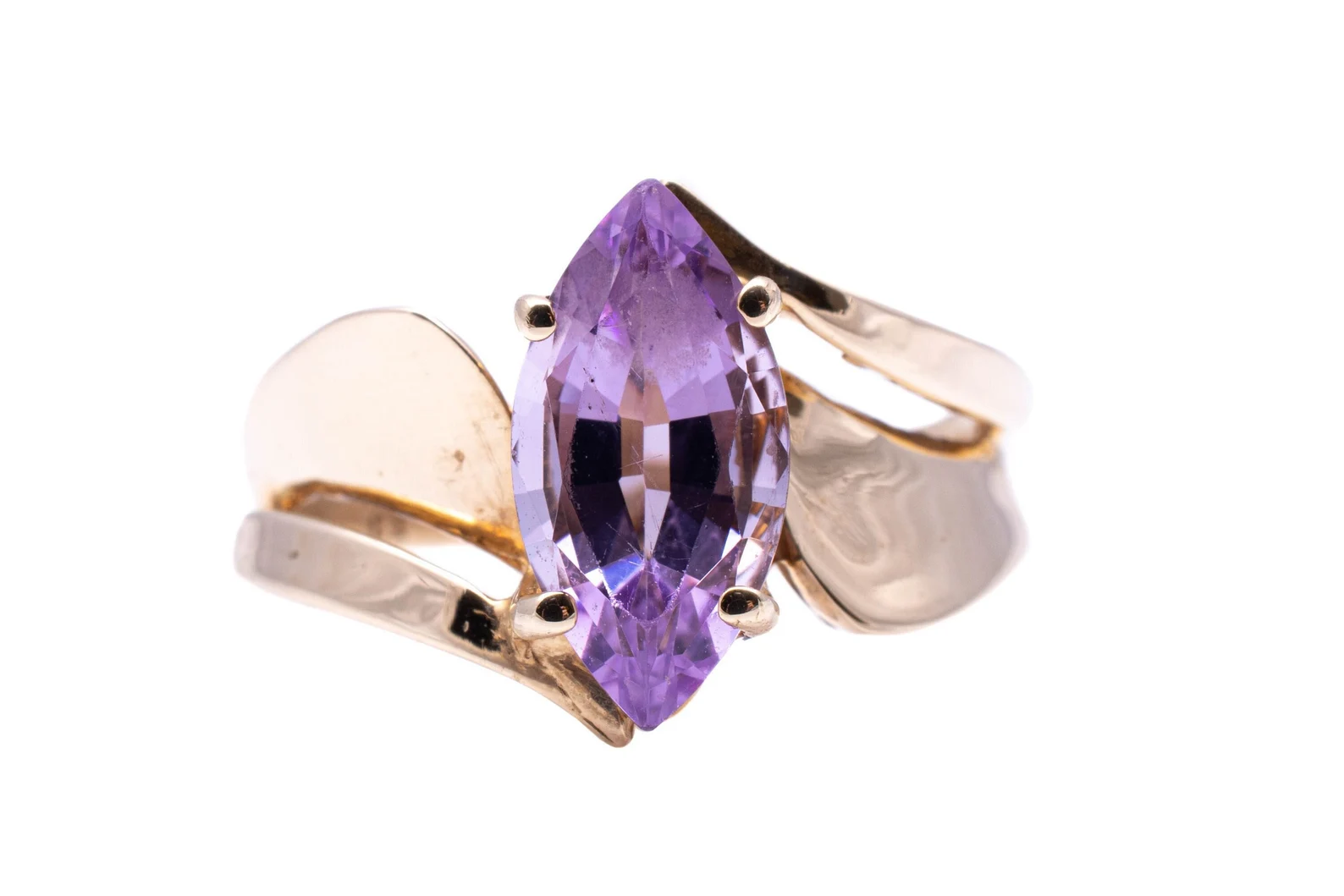
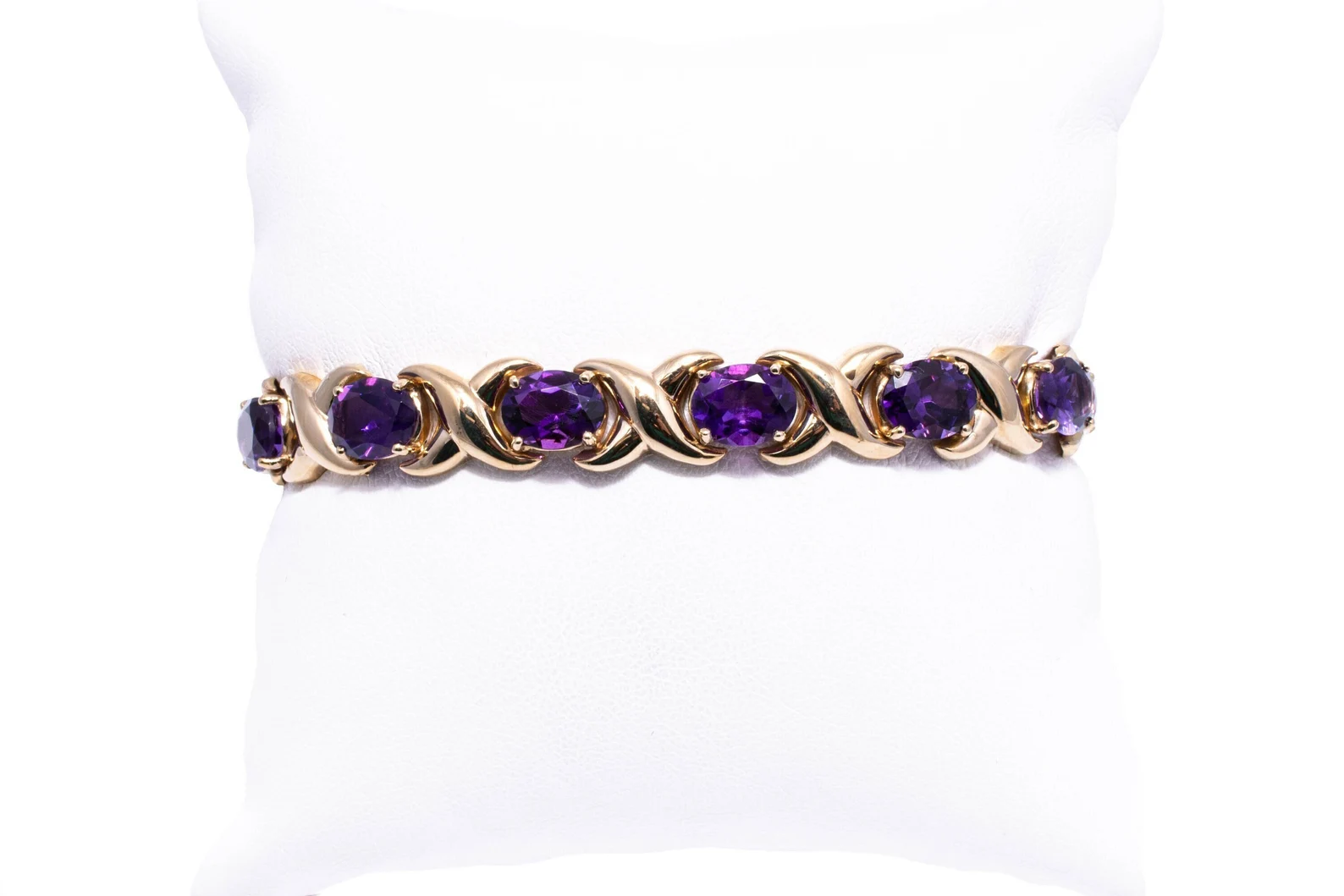
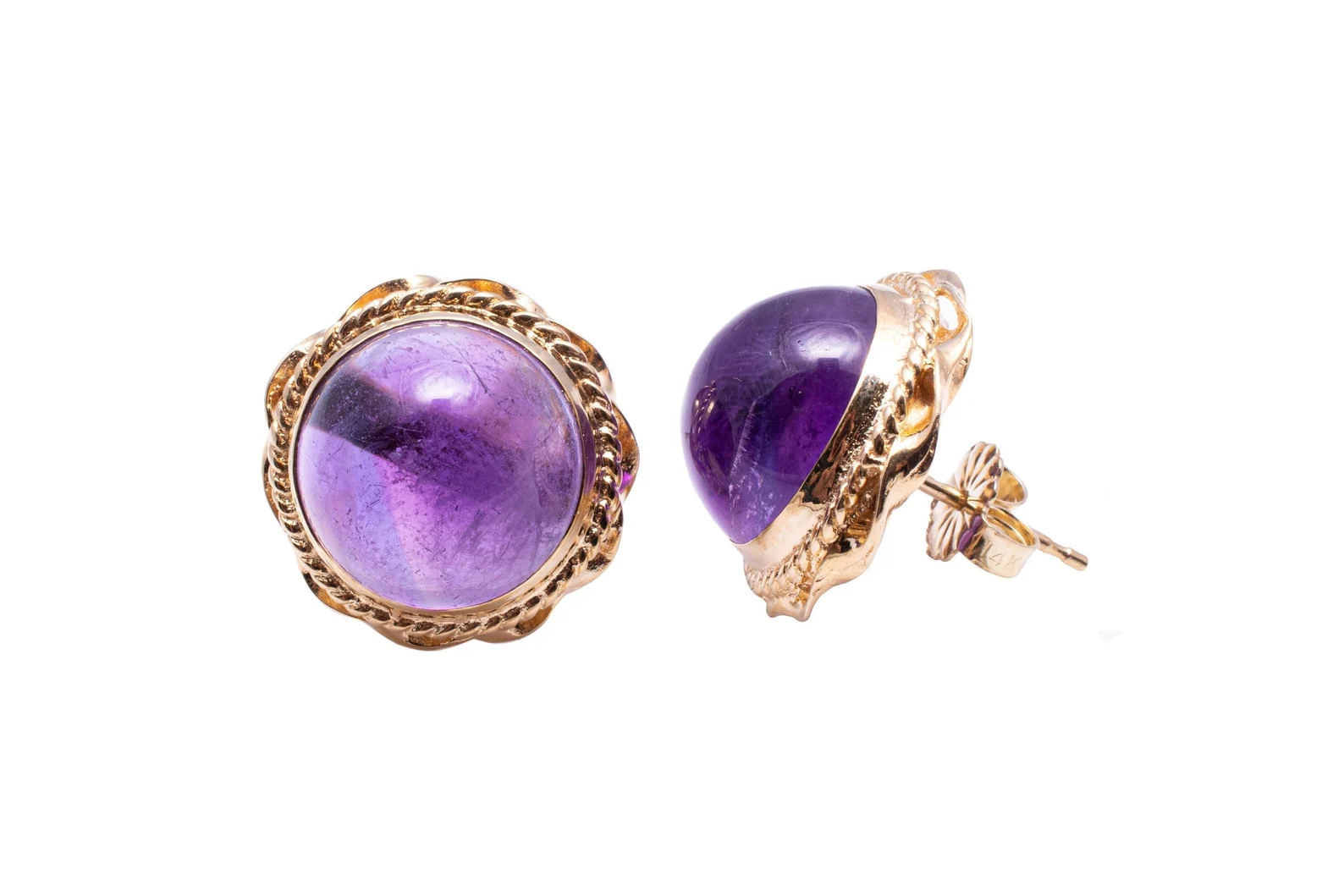
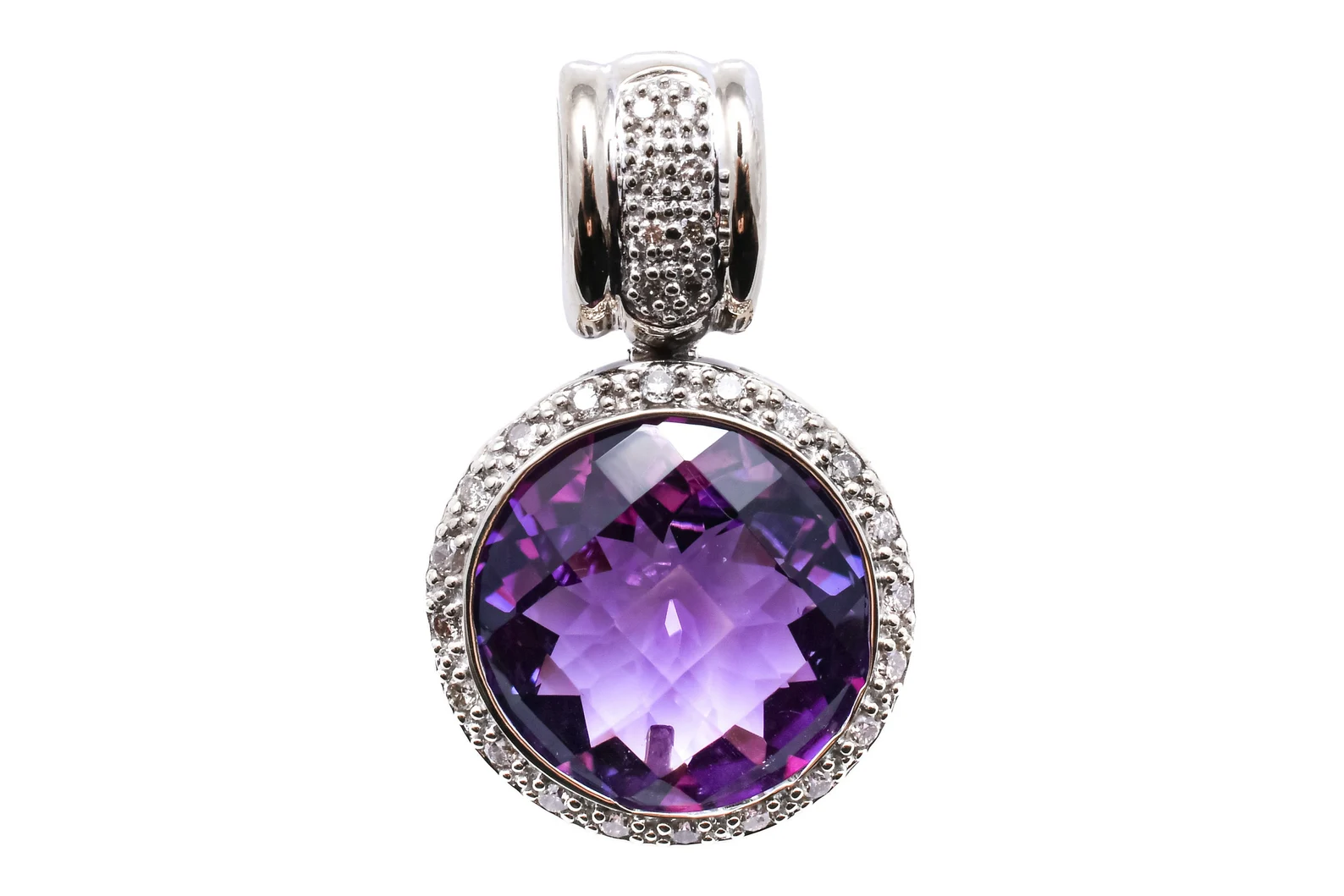
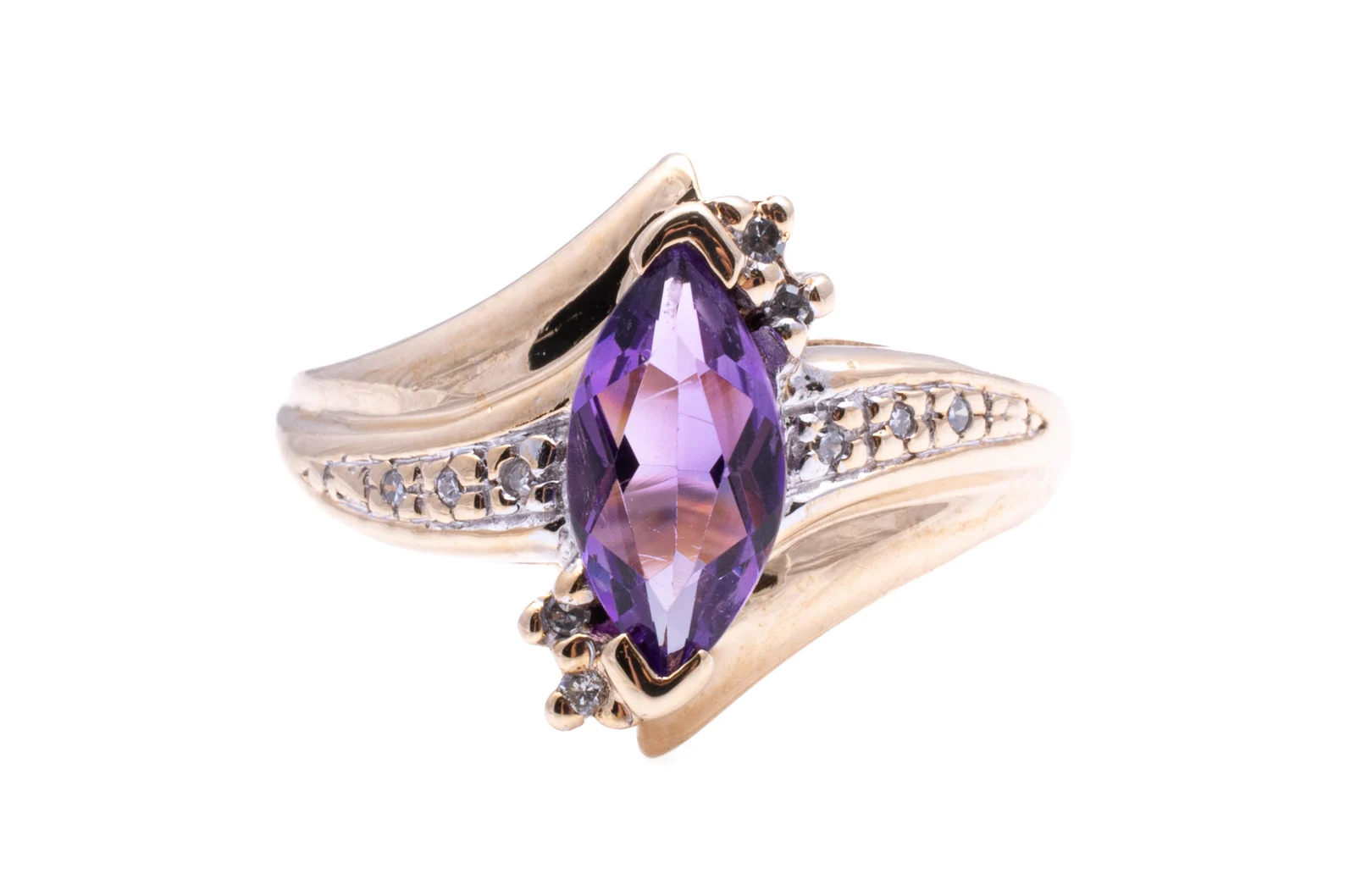
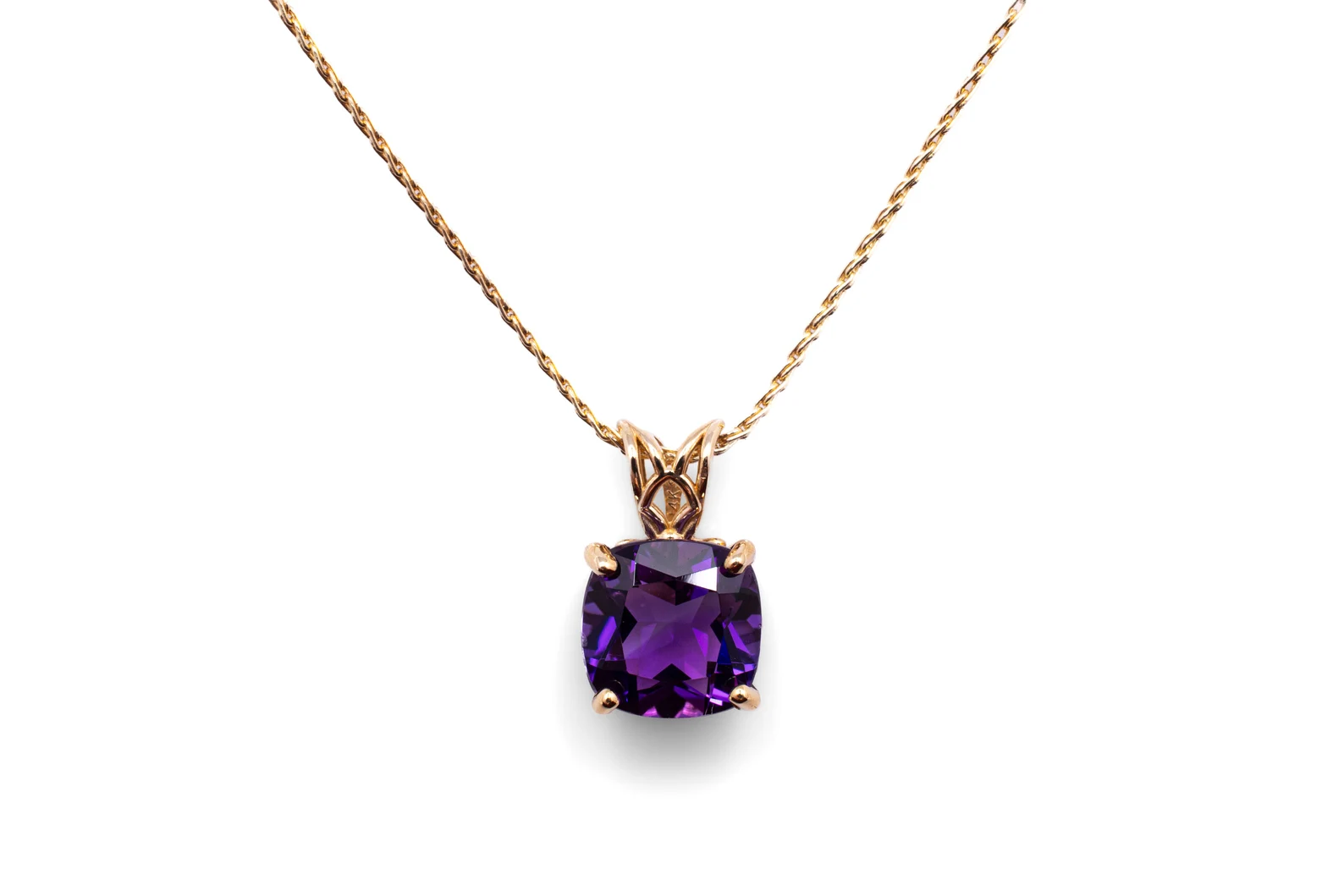

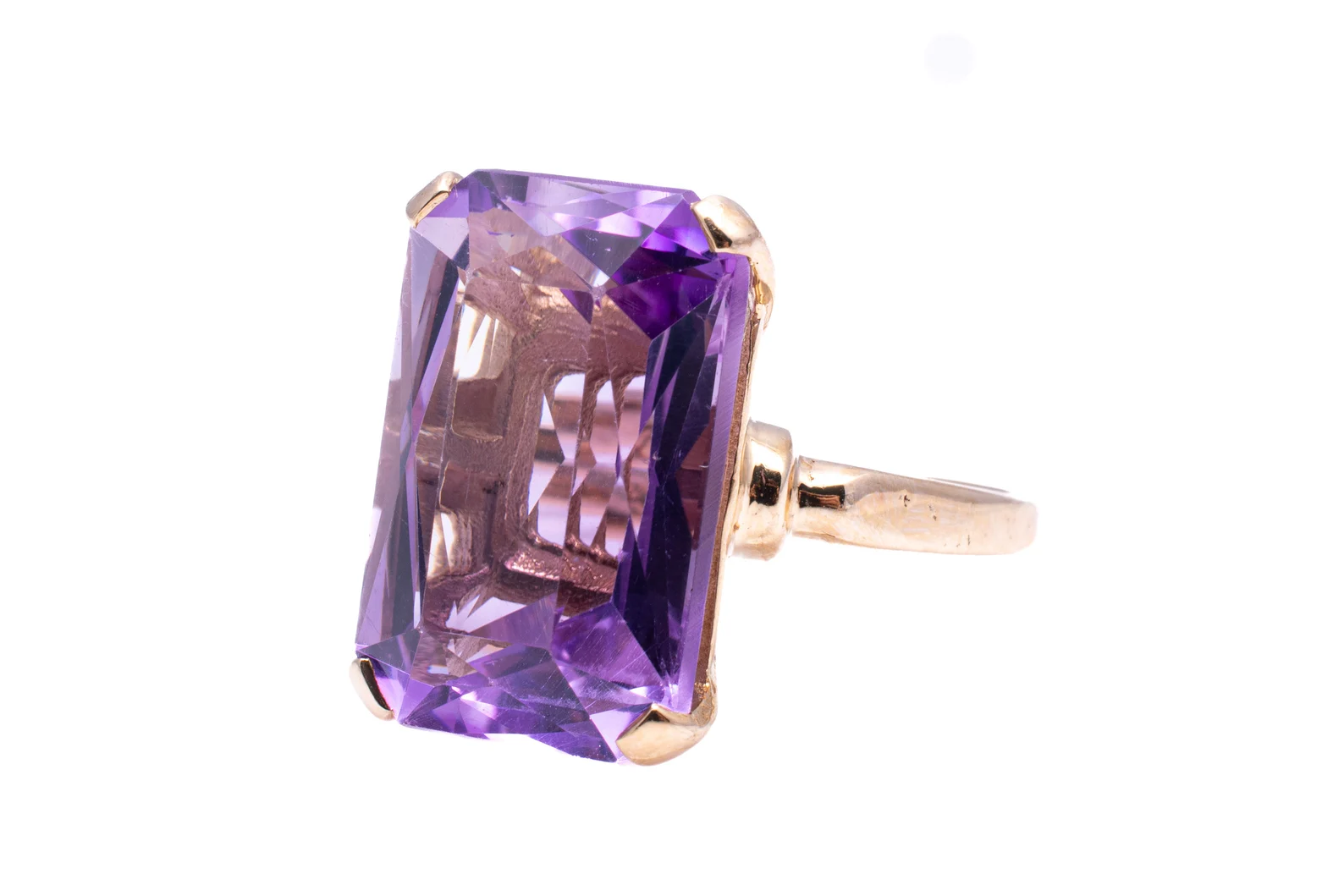
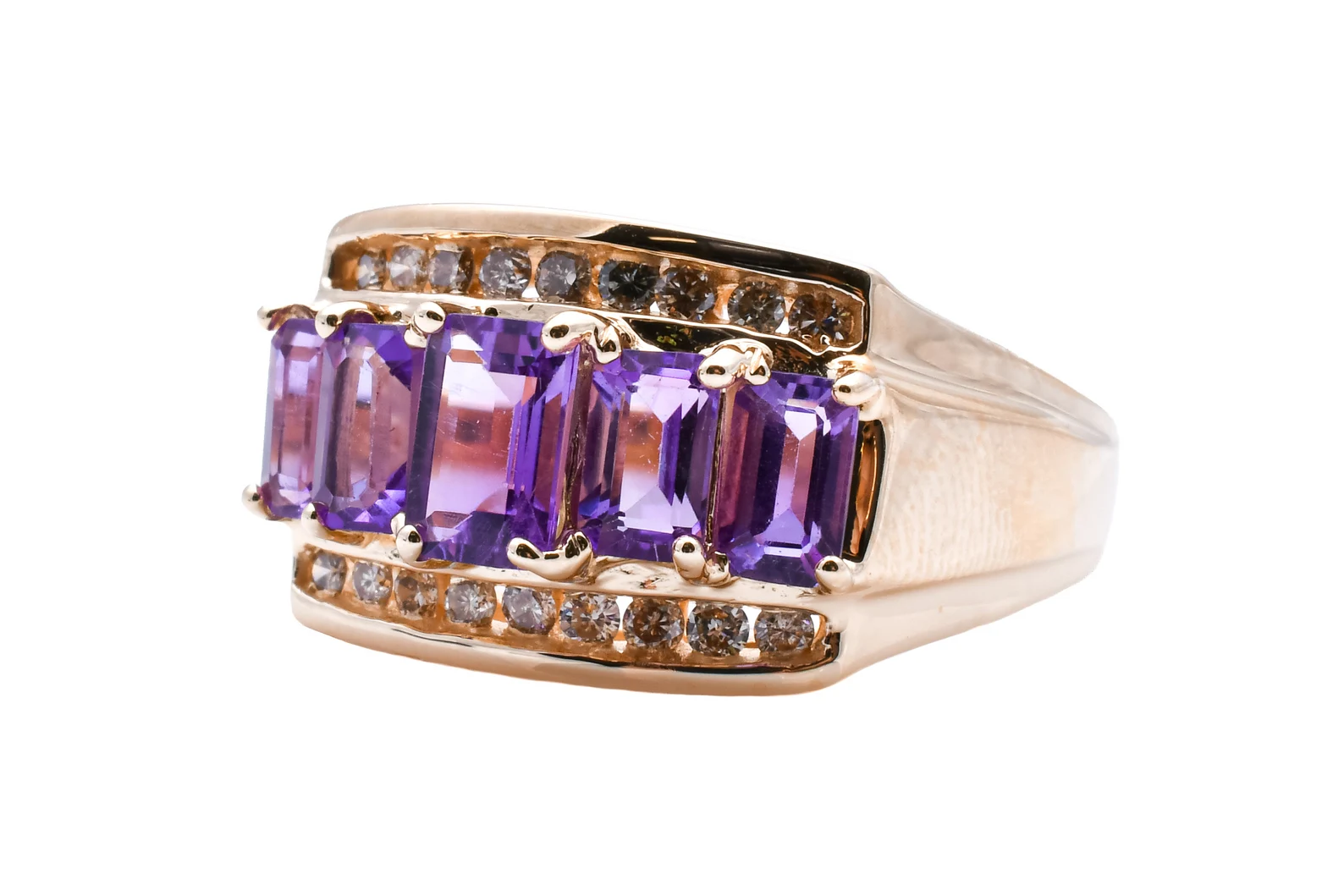
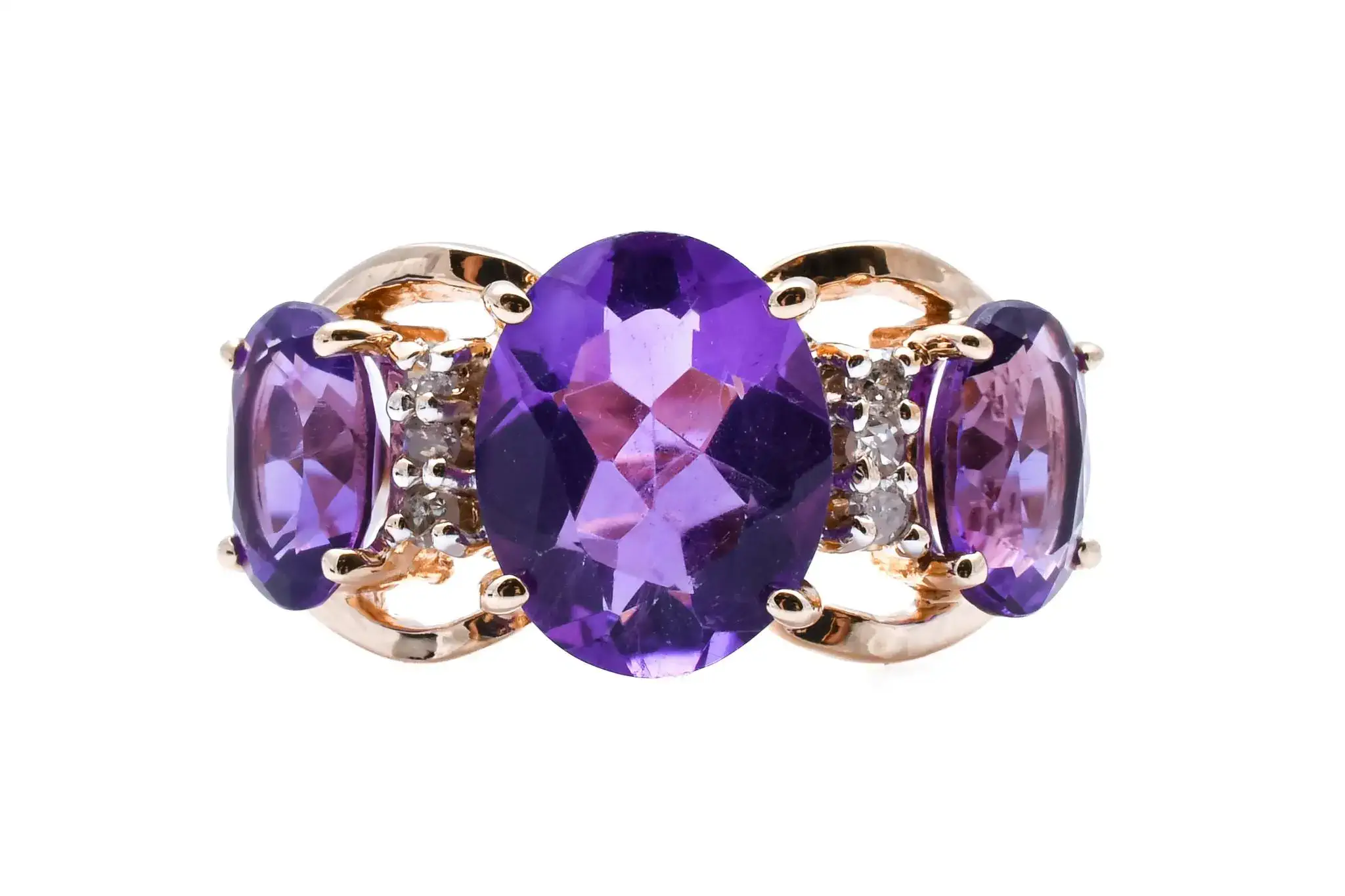





































Comments